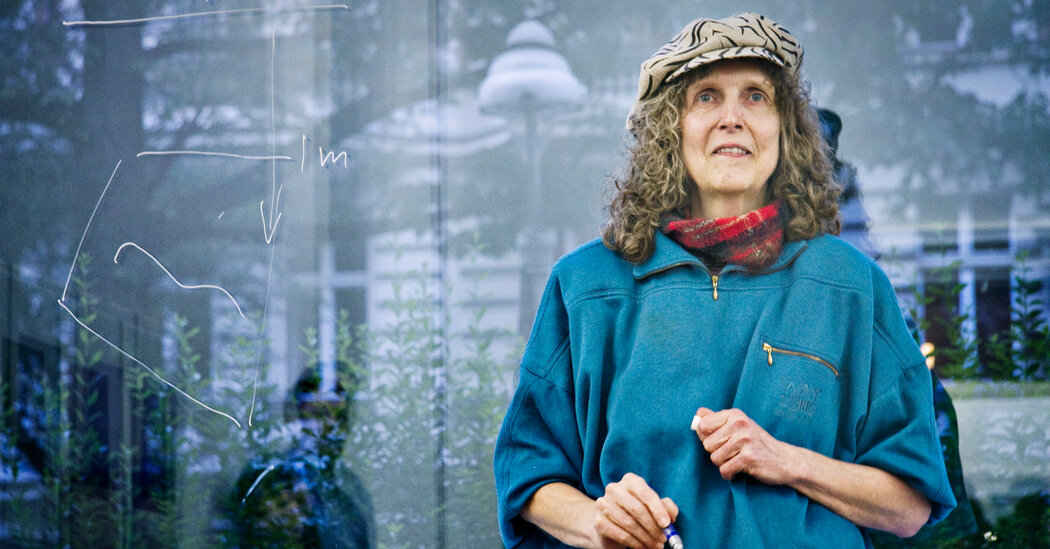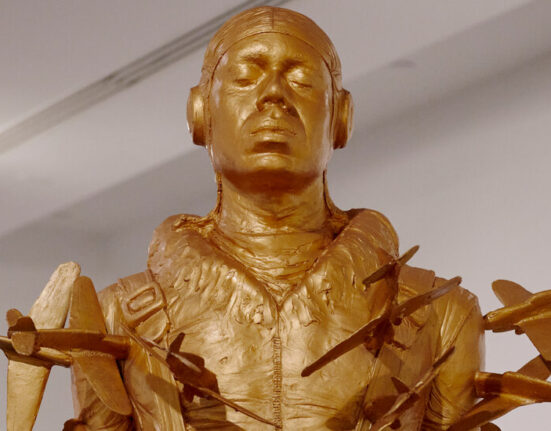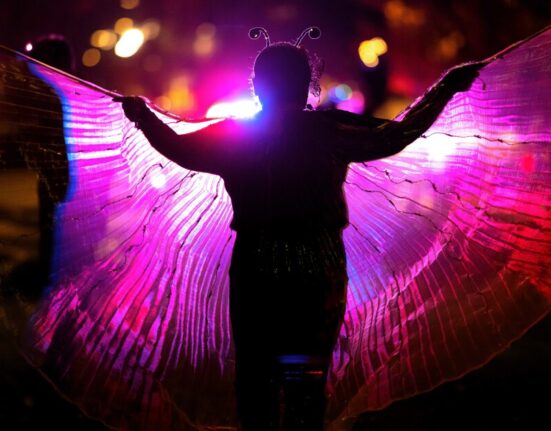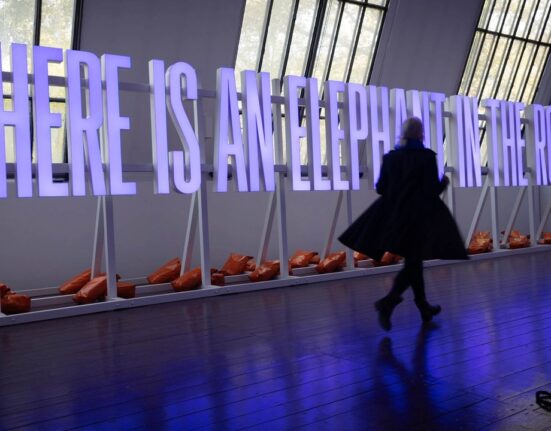For decades afterward, Ms. Hennix toiled mostly in obscurity.
“My contention has always been that the future of music and art, sound and light, needs aesthetics to coalesce with ethics,” she told Mr. Boon in 2020 in an interview for The Brooklyn Rail. “This has certainly been a hard sell during my 50 years as an active composer, which is why public exposure to my work has been very limited, not to say nonexistent, over long periods of time.”
In the 21st century, however, Ms. Hennix’s work has undergone something of a revival. The partial recording of “The Electric Harpsichord” was finally released in 2010, and since 2016 Blank Forms has presented her concerts, released archival and new recordings, and published two volumes of her theoretical writings.
She was born on Jan. 25, 1948, in Stockholm, to Gunnar Noak Hennix, a doctor, and Margit Sundin-Hennix, a jazz composer. Inspired by her older brother, she took up the drums at age 5. The flourishing Swedish jazz scene brought many American luminaries to Stockholm, and as a teenager she was transformed by hearing the saxophonist John Coltrane live.
Ms. Hennix studied linguistics at Stockholm University and later pursued graduate studies in mathematical logic, drawn to the theories of Fourier and Brouwer. At Stockholm’s electronic music studio, she created synthesized compositions in the style of Karlheinz Stockhausen, but ultimately concluded that the hyper-complexity of European modernism was a dead end.
Instead, it was Mr. Young’s drones that seemed to offer a path forward. The first time she heard his music, she recalled in 2010, “it took me about 60 seconds to decide that this was the sound.”
Through the 1980s and ’90s, Ms. Hennix undertook other projects, including drumming in a band with Mr. Flynt called the Dharma Warriors; teaching logic and mathematics at the Massachusetts Institute of Technology’s Artificial Intelligence Laboratory and at the State University of New York at New Paltz; and working with the Soviet-era dissident mathematician Alexander Esenin-Volpin.







